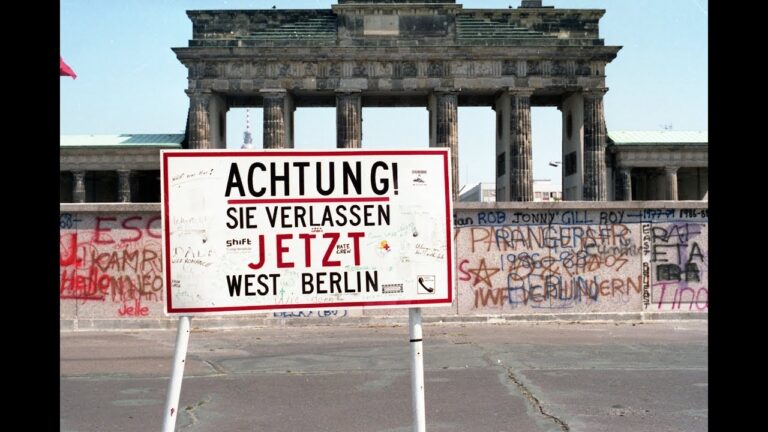The Brandenburg Gate is one of the most iconic landmarks in Berlin, Germany. It is a symbol of peace and unity, and has been an important part of German history for centuries. The gate stands at the end of the city’s Unter den Linden boulevard and is surrounded by a large public square.
History
The Brandenburg Gate was built in the late 18th century as a symbol of peace and unity between Prussia and the city of Berlin. It was designed by architect Carl Gotthard Langhans and completed in 1791. The gate was inspired by the Acropolis in Athens, Greece and was the only remaining section of the Berlin city wall. During the Cold War, the gate was part of the Berlin Wall, separating East and West Germany.
The Brandenburg Gate has since become a symbol of German reunification. In 1989, after the fall of the Berlin Wall, the gate was reopened and a large public celebration was held. Since then, it has become a popular tourist destination, attracting millions of visitors every year.
Architecture
The Brandenburg Gate is a neoclassical triumphal arch, made of sandstone and topped with a quadriga, a chariot pulled by four horses. The gate is 26 meters high and 65 meters wide, and is decorated with 12 Doric columns. At the top of the gate is a sculpture of the goddess Victoria, holding a laurel wreath and a palm frond. The gate is surrounded by two wings, each with four Doric columns.
Symbolism
The Brandenburg Gate has long been a symbol of peace and unity in Germany. It is a reminder of the country’s reunification and its commitment to peace. The gate is also a symbol of freedom, as it stands at the center of a large public square and is open to the public. It is a popular gathering place for people from all walks of life.
Cultural Significance
The Brandenburg Gate is one of the most recognizable landmarks in Berlin and is an important symbol of German culture. It is featured in many works of art, literature, and film, and is a popular tourist destination. It is also the site of many important political and cultural events, including the annual Berlin Marathon.
Conclusion
The Brandenburg Gate is one of the most iconic landmarks in Berlin and a symbol of peace and unity in Germany. It stands at the end of the city’s Unter den Linden boulevard and is a popular tourist destination. The gate is also a symbol of freedom and has been featured in many works of art, literature, and film. It is an important part of German culture and an important reminder of the country’s commitment to peace and unity.


0 Comments